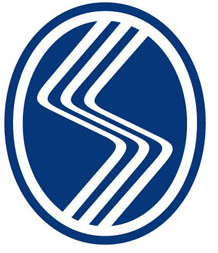Abstract:
Purpose: Thermo-chemical surface ion doping process are examined by high energy plasma electrolysis technique which contains the interstitial elements in electrolyte. Urea and ammonium nitrate containing electrolyte are examined. Theory and Methods: In electrolytic plasma treatment, an electrolyte is contacted on the metallic sample. If the sample cathode, hydrogen plasma on the surface and ionized forms of the elements contained in the electrolyte diffuse into the sample lattice in gaseous state. In this way, phases such as FeN and FeC are formed on the surface. Results: In experiments with the NH4NO3 electrolyte, the highest hardness increased up to 550 HV. According to XRD analysis, Fe3O4 chemical form about 3-4 mu m thick magnetite iron oxide and non-cytochiometric iron nitride (FeN0.076) and chromium nitride phases were formed on the surface. There is diffusion of oxygen and nitrogen elements on the surface and the nitrogen concentration has reached 1% by weight. Conclusion: By using electrolytes containing urea and ammonium nitrate, thermo-chemical saturation process was performed by plasma electrolysis, and metal oxy-nitride phases were formed on the surface in the form of thin film and the surface hardness of 316L stainless steel was increased.
Description:
Bu yayın 06.11.1981 tarihli ve 17506 sayılı Resmî Gazete’de yayımlanan 2547 sayılı Yükseköğretim Kanunu’nun 4/c, 12/c, 42/c ve 42/d maddelerine dayalı 12/12/2019 tarih, 543 sayılı ve 05 numaralı Üniversite Senato Kararı ile hazırlanan Sakarya Üniversitesi Açık Bilim ve Açık Akademik Arşiv Yönergesi gereğince telif haklarına uygun olan nüsha açık akademik arşiv sistemine açık erişim olarak yüklenmiştir.











